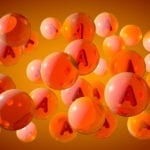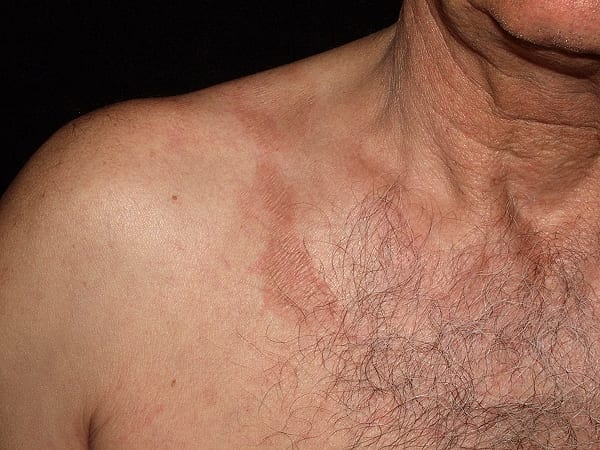

Berloque dermatitis is a form of skin irritation that occurs when chemical compounds found in some citrus fruits and vegetables come in contact with skin that is exposed to sunlight.
Photosensitizing compounds in lemons, limes, parsnips, celery, and carrots, among others, react to UVA rays and can cause burning, itching, and blistering. Lemon and lime juice, in particular, provide its other commonly used names: margarita dermatitis or Club Med dermatitis.
Symptoms of berloque dermatitis
The discoloration and irritation caused by berloque dermatitis can look like a sunburn, but it often manifests as blisters or reddish and dark spots. They pop up wherever the juice, fruit, or vegetable comes into contact with the skin. In fact, sometimes small drip marks from your margarita have little blisters on them!
Symptoms usually appear within 24 hours, and large blisters can form on affected areas over a few days. Pigmentation of the skin usually lasts for weeks after blisters and spots heal.
How to treat it
Once pigmentation forms, keep the affected area out of the sun and use a broad-spectrum sunscreen. The best choice is a mineral sunscreen with at least a 10% concentration of zinc oxide or a European sunscreen that contains mexoryl or tinosorb.
In some cases, a bleaching cream with hydroquinone can be prescribed. Topical steroids are another helpful treatment if the spots remain red.
Did you come home from vacation with margarita dermatitis?
Make an appointment, and we’ll examine your skin and create a treatment plan. And next time, be careful holding your margarita glass!
Image courtesy of medicalpicturesinfo.com
Posted In: Skin Care
Related Posts
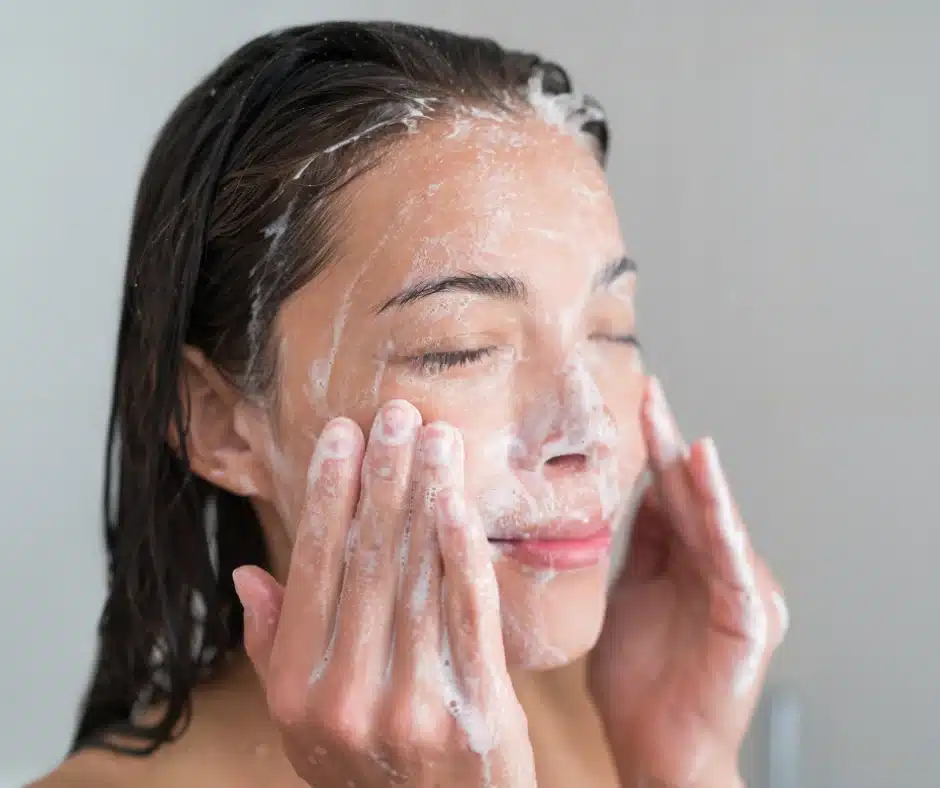
June 13, 2025
Little Bumps on Your Forehead? Here’s Why
If you’ve ever looked in the mirror and noticed little bumps on your forehead that just won’t go away, no matter how...
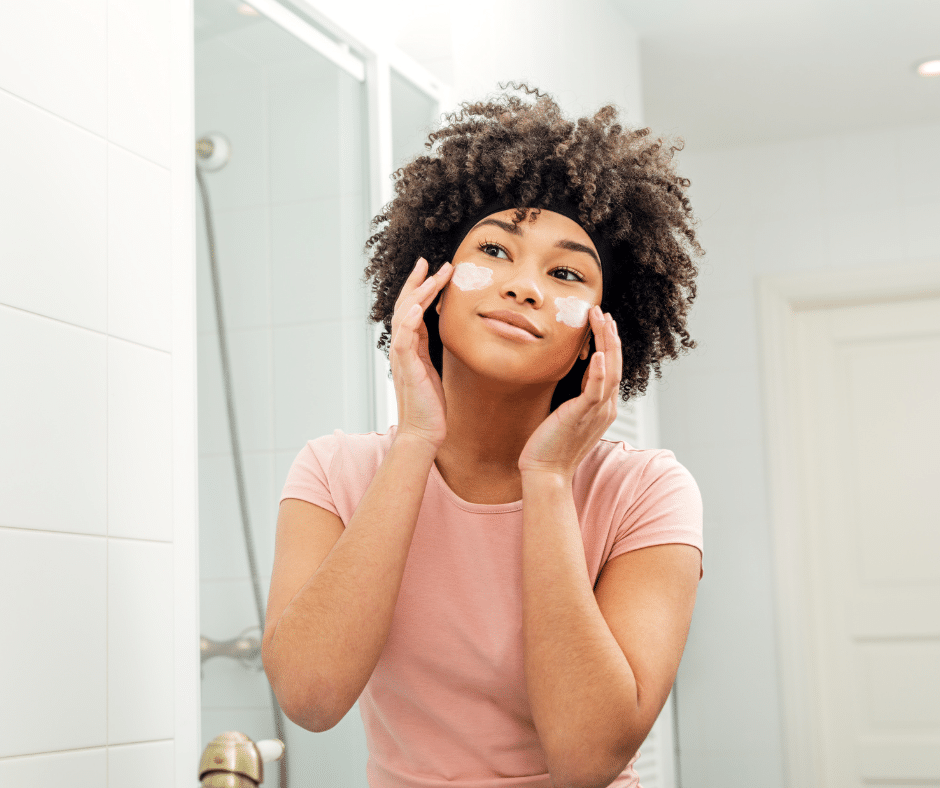
May 30, 2025
Bust the Myth: Do Retinoids Cause Cancer?
Retinoids are one of the most powerful and widely used tools in modern dermatology, yet despite their many benefits, som...
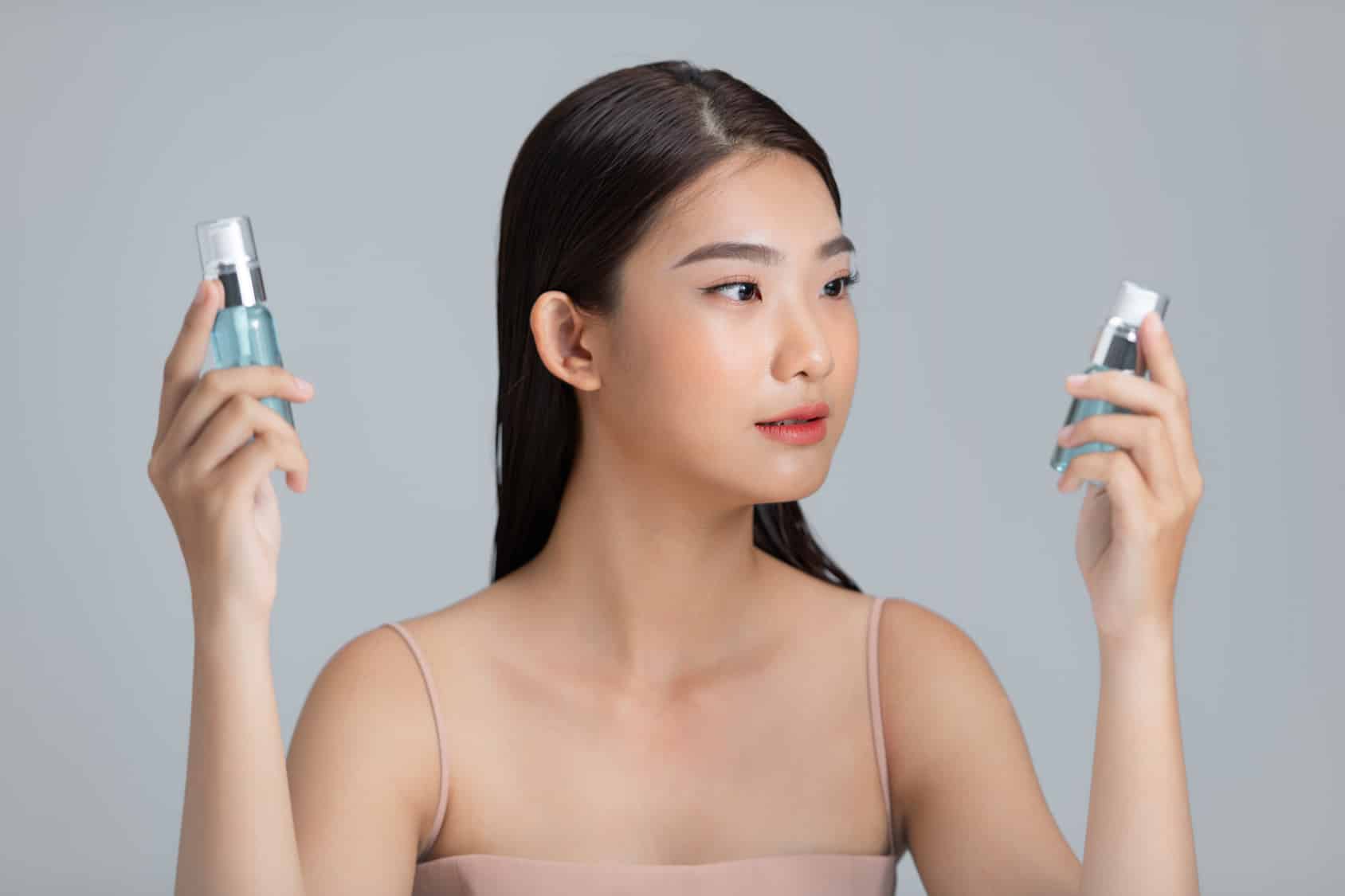
August 26, 2024
Skincare Advice for Your 20s and 30s
If the Sephora kid trend tells us anything, it's that young people are paying attention to skin health and appearance. S...

